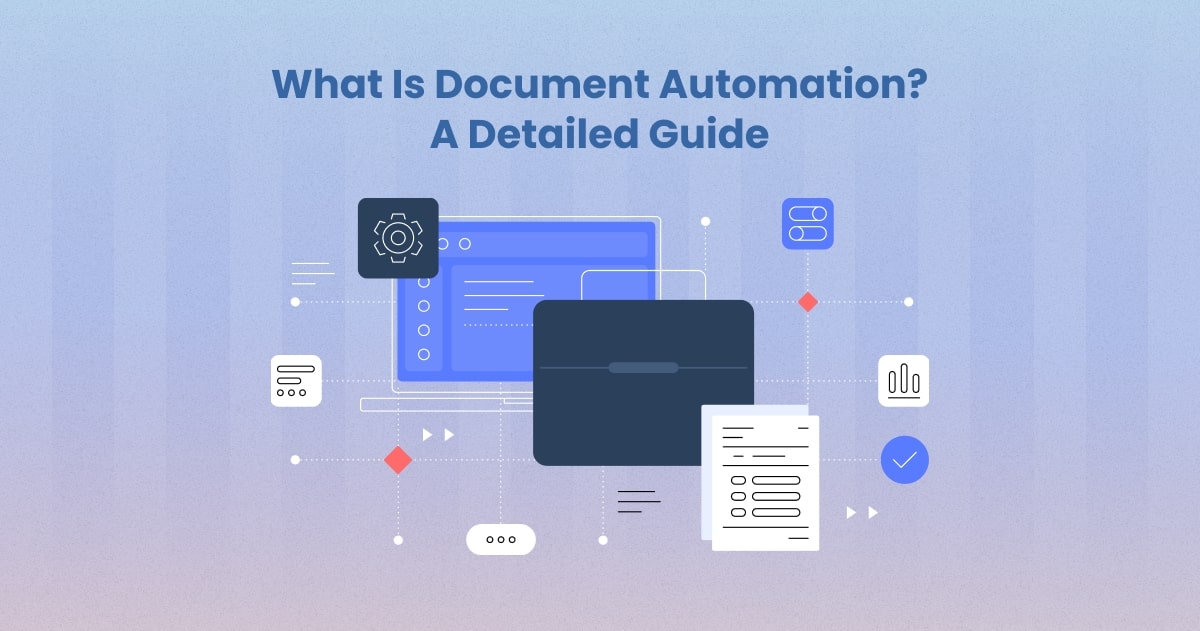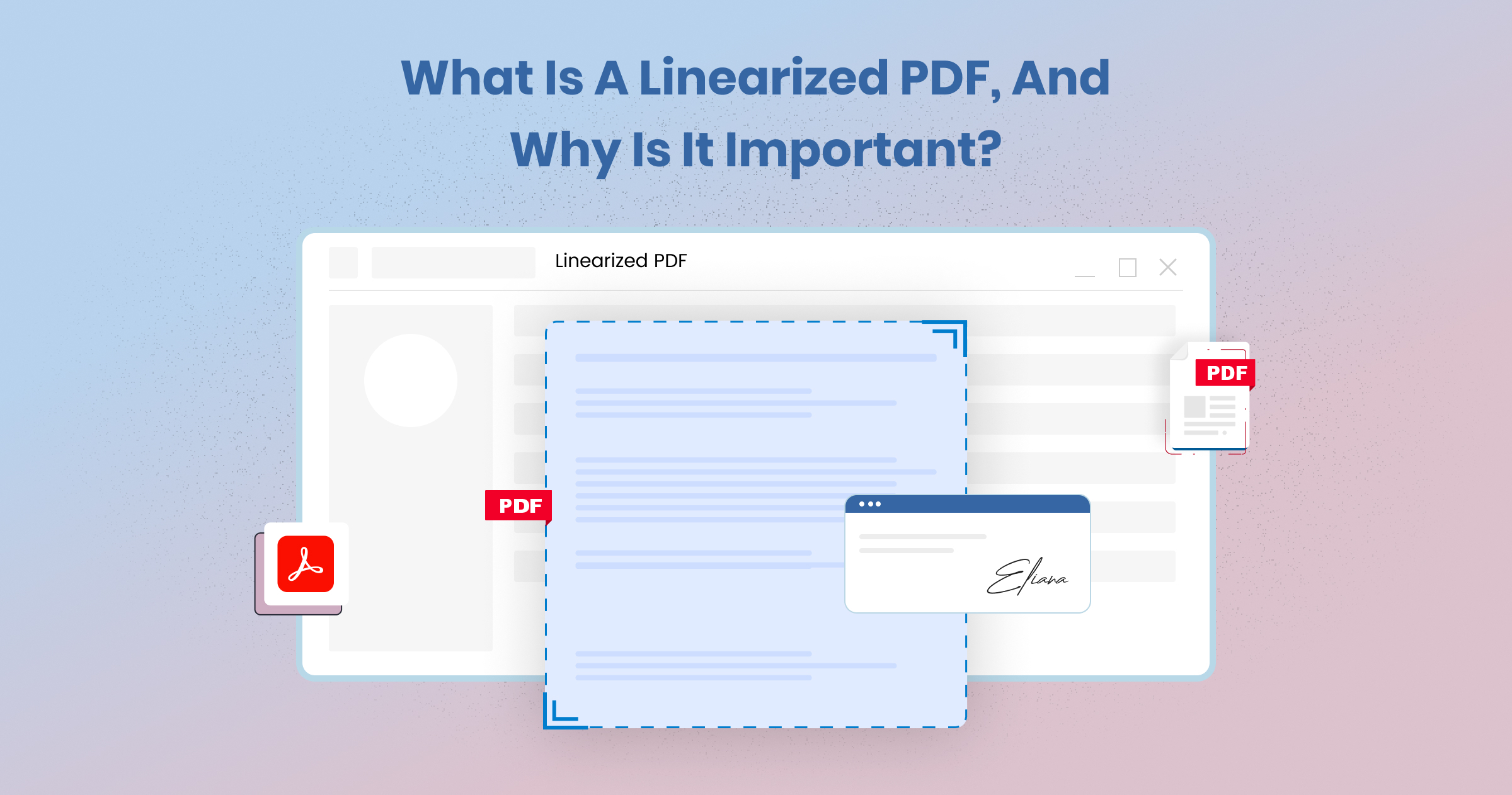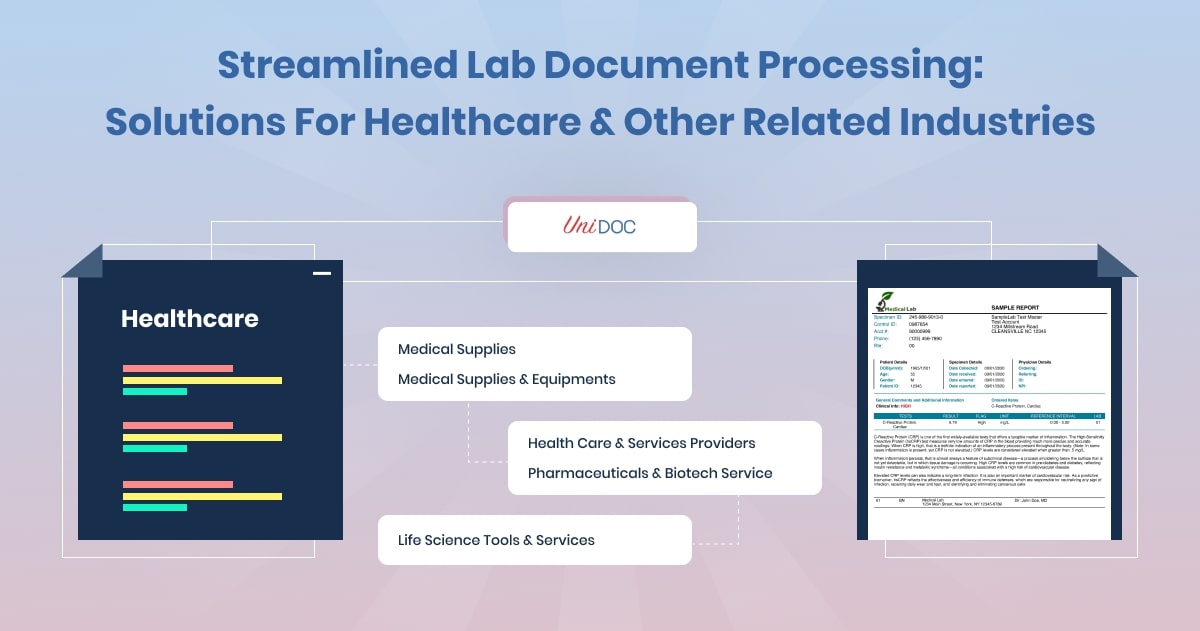What is Document Automation? A Detailed Guide

No one wants to spend hours manually editing documents or copying information from one place to another in today’s fast-paced world. If you work in finance, insurance, law, or any other field that deals with a lot of data, dealing with paperwork can be slow, costly, and full of mistakes.
That’s where automating documents comes in.
This guide explains what document automation is, how it works, and why businesses in many fields are using it to save time, make fewer mistakes, and get more done.
What Does It Mean to Automate Documents?
 Document automation is the use of software to automatically make, handle, and keep track of documents. By automating repetitive tasks, it cuts down on or gets rid of the need to enter, edit, and format things by hand.
Document automation is the use of software to automatically make, handle, and keep track of documents. By automating repetitive tasks, it cuts down on or gets rid of the need to enter, edit, and format things by hand.
Instead of filling out a form 100 times for 100 clients, automation does it for you. It gets the right data, uses the right format, and makes final files that are ready to use or send.
This technology, which is also called automated document processing, helps teams quickly and consistently handle a lot of documents.
Why Is Document Automation Important?
Let’s be honest. Most businesses still need documents for important tasks like contracts, invoices, reports, applications, and so on.
But making documents by hand has its own set of problems:
It moves slowly and over and over.
Mistakes can cost you money and trust.
It doesn’t grow easily.
It takes up your team’s time.
Businesses make these processes easier by using automated document solutions. Teams work better, and the chance of making a mistake goes down a lot.
Worth Reading:
Advancing Healthcare with Document Process Automation
Building Golang Powered Document Workflows: A Complete Guide
How to Use Document Automation?
There are a number of steps in the process of automating documents. This is how it usually goes:
Designing Templates: To begin, you make templates that can be used repeatedly, with spots for changing data. These could be templates in Word, PDF, or HTML format.
Integrating Data: Link your templates to a data source, such as a spreadsheet, CRM, or ERP. The program puts the right data in the right fields.
Rules and Logic: Add logic that only works under certain conditions. For instance, add certain clauses if the customer is from the U.S. Add GDPR language if they’re from Europe. This makes each document unique.
Generation and Output: The system generates finished documents in your preferred format PDF, DOCX, HTML, etc. Some tools can also send them via email, store them in the cloud, or trigger approval workflows.
Review and Delivery: You can include e-signature steps, version control, or routing rules for internal approvals.
That’s how to make documentation automatic: by turning steps that are done by hand into flows that can be programmed.
Advantages of Automating Documents
Businesses that use document automation have a number of important benefits:
1. Quickness
It only takes a few minutes to make hundreds or even thousands of documents.
2. Correctness
No more mistakes or missing fields in the data. Automation gets verified data from sources that are known to be reliable.
3. Following the rules
Built-in rules make sure that every document has the legal or regulatory language it needs.
4. Ability to grow
Automation grows with you, whether you’re bringing on 10 or 10,000 clients.
5. Being consistent
Brand voice, formatting, and content are the same in all documents.
You might also like:
Automate Invoicing With Golang Using UniPDF
Automating Documents for Financial Services

Document workflows are very important in the financial services industry. Think of things like loan agreements, investment reports, and paperwork for new clients.
With document automation for finance, companies can:
Create loan documents automatically with correct terms and rates.
Personalize investment summaries for each client.
Cut down compliance risk by using standardized templates.
Banks and investment firms that adopt document automation for financial services find they can serve more clients with the same (or fewer) resources.
Insurance Document Automation
Insurance companies rely heavily on documents: policies, claims, quotes, renewals, endorsements the list goes on.
Companies can use insurance document automation to:
Create quotes and policy documents in seconds.
Update client information in all systems without having to type it in by hand.
Automate forms and reports to speed up the processing of claims.
This not only makes things run more smoothly, but it also makes customers happier.
What to Look for in Document Automation Tools?
The right document automation tools for you will depend on what you need. But here are some features that document automation software must have:
Engine for templates: Easily create and manage templates.
Conditional logic: Use data to automatically change the content.
Ready for integration: Connect to your database, CRM, or APIs.
Support for multiple formats: PDF, DOCX, HTML, and more.
E-signature compatibility: Enable digital signatures.
Security and compliance: Make sure that documents follow industry rules.
Our automation engine at UniDoc is made to be flexible, fast, and secure enough for businesses. This makes it perfect for industries that need accuracy and compliance
How Business Document Automation Works?
Let’s say you work in HR.
You need to make the following every time you hire someone new:
An offer letter
NDA
Tax forms
Benefits info
Employee handbook
With business document automation, all of this can be generated with one click. The system pulls the employee’s name, job title, salary, start date, and benefits package filling every document accordingly.
Imagine the time saved over a year.
Popular Document Automation Use Cases
Document automation solutions can apply to many areas. Here are a few real-world examples:
| Industry | Use Case |
|---|---|
| Legal | Contract generation, case summaries |
| Finance | Client onboarding, financial reports |
| Insurance | Claims, quotes, policy documents |
| HR | Offer letters, contracts, onboarding packs |
| Real Estate | Lease agreements, closing documents |
| Healthcare | Patient forms, billing summaries |
| Education | Certificates, transcripts, admissions letters |
Whether it’s automated document processing in legal or document automation for finance, the value is universal: reduce manual work and speed up delivery
Automation Defined in the Context of Documentation
When we talk about automation defined in documents, we refer to a system that:
Handles repetitive document tasks automatically.
Adjusts content based on rules and logic.
Integrates with data sources to create personalized output.
Maintains accuracy and compliance.
It’s not just about going paperless. It’s about turning your document processes into a seamless, digital flow.
Comparing Manual vs. Automated Document Processes
| Feature | Manual Process | Document Automation |
|---|---|---|
| Time taken | Hours to days | Seconds to minutes |
| Human error risk | High | Very low |
| Scalability | Limited | Highly scalable |
| Compliance control | Manual checks | Built-in rules |
| Cost | Higher (labor-intensive) | Lower in long-term |
If you’re handling more than 10 repetitive documents per week, the ROI of document automation solutions becomes clear.
How to Start Automating Your Documents?
It may seem like a big deal to automate documents, but it’s not that hard if you do it the right way:
Step 1: Find Use Cases
Choose one or two workflows that involve a lot of documents and would benefit the most from automation.
Step 2: Pick the Right Tool
Look for platforms that can automate your documents in the ways you need, such as by integrating data, managing templates, and handling logic.
Step 3: Make Templates
Use placeholder fields to design your documents. Set rules for changing content.
Step 4: Link Your Data
Connect live data sources with APIs, spreadsheets, or databases.
Step 5: Test and Go Live
Check the formatting of the sample data and make sure the outputs are correct.
Once you have confirmed that it works, you can add automation to other teams or workflows.
Choosing UniDoc to Automate Documents
We help businesses build powerful document automation pipelines at UniDoc by using new tools and open standards. Our platform helps you send documents faster, safer, and smarter, whether you’re processing insurance claims or making financial reports with a lot of data.
People know our platform for:
APIs that are easy for developers to use
Safe rendering of PDFs and HTML
Performance that meets business needs
Working with systems that are already in place
Final Thoughts
Document automation is no longer a “nice to have.” It is important.
Companies that still use manual document processes could fall behind. At the same time, businesses that use automated document solutions are saving money, getting things done more accurately, and growing their businesses faster than ever.
If you work in finance, insurance, or any other business that relies on data, now is the time to look into document automation tools and bring your processes into the future.
If you’re looking to reduce manual work, cut errors, and move faster with confidence, we’re here to help. Talk to our team about your workflow, and we’ll show you how UniDoc can power a secure, scalable document automation pipeline, tailored to finance, insurance, legal, healthcare, and more. Contact Us to get started.




